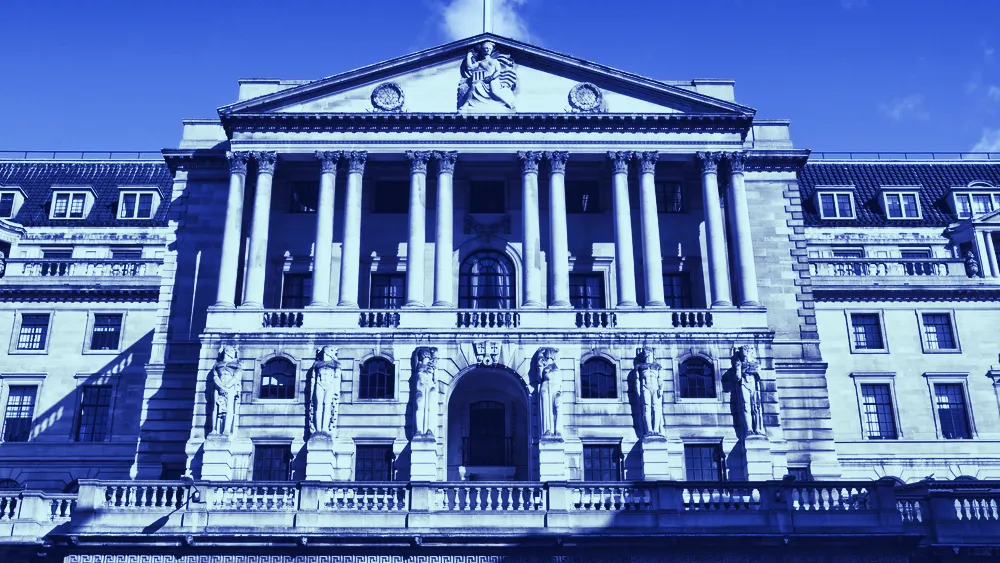In brief
- The Bank of England is considering a negative interest rate.
- This may mean that banks in the UK would charge customers to hold cash.
- The initiative is supposed to encourage spending and improve its economy.
The Bank of England is seriously considering implementing a negative interest rate to jump start its economy, which has been trampled by the coronavirus and is about to be walloped by Brexit.
In the final quarter of this year, the Bank will “begin structured engagement on the operational considerations” of a negative interest rate with the Prudential Regulation Authority, according to a Monetary Policy Summary report, published today.
A negative interest rate means that the Bank of England would charge financial institutions, such as banks, for storing their money. (Normally, the Bank pays the financial institutions that lend it money with interest). It might also mean that banks start charging customers for storing their money, since their holdings may be dead weight for institutions trying to spend their reserves.
This would, in theory, encourage financial institutions to spend their money, for instance by lending more money to customers or by investing in businesses. Financial institutions might expect lower profits from these loans and investments—good news for borrowers and those seeking investment—but any profit is preferable to paying the central bank for storing that money.
Negative interest rates are controversial. The central banks of Switzerland, Denmark, Japan, Sweden, as well as the European Central Bank, implemented negative interest rates in the decade following the financial crash, and haven’t managed to keep them positive for very long.
And some think that negative interest rates would backfire and cause banks to collapse or to give out fewer loans. It’s also bad news for savers who no longer have any incentive to store their money in banks and instead have more incentive to spend. But the pressure of the pandemic has put discussions of negative interest rates back on the table.
“The [Monetary Policy Committee] had been briefed on the Bank of England’s plans to explore how a negative Bank Rate could be implemented effectively, should the outlook for inflation and output warrant it at some point during this period of low equilibrium rates.”
The Bank’s current interest rate is 0.1%. The nine members present at the Monetary Policy Committee meeting, hosted yesterday, “judged that the existing stance of monetary policy remains appropriate.” The Bank will decide whether to adjust the interest rate on November 5. Policy.
Discussions of the monetary policy of central banks are anathema to Bitcoin supporters. Bitcoin’s monetary policy is hard baked into its protocol; there is a limited amount of Bitcoin in existence and every four years, the block rewards for Bitcoin miners halves.
But Bitcoin’s price crashed in mid-March amid economic uncertainty caused by the coronavirus pandemic. It has spent the past six months recovering. Perhaps Bitcoin’s monetary policy isn’t enough to shield the cryptocurrency market from the actions of central bankers.

